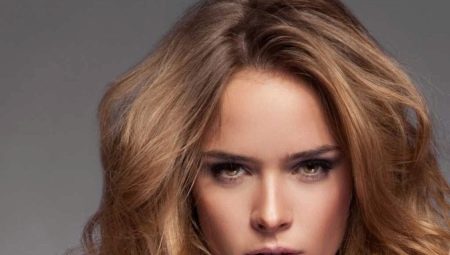Many girls, deciding to refresh the familiar look, prefer a soft nutty shade. It perfectly suits most female color types, looks appropriate in any situation and revitalizes dull hair from nature, giving it shine and silkiness.



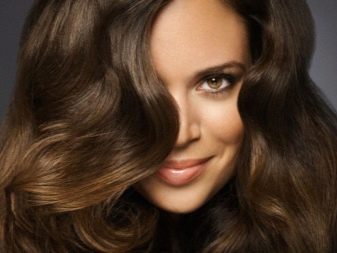
Color features
Walnut is a deep shade that can play with different colors depending on the chosen subtone. This explains its popularity among owners of any native hair color. Brunettes choose the color of the nut in order to soften the natural darkness of the pigment, and blondes, on the contrary, to make the image more serious and even age-related. We must not forget that the natural shade perfectly copes with gray hair. Walnut is used for both full and partial staining.
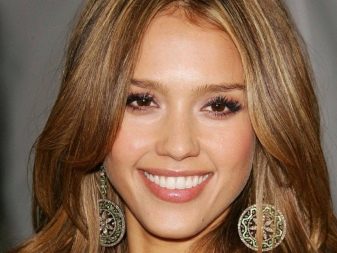

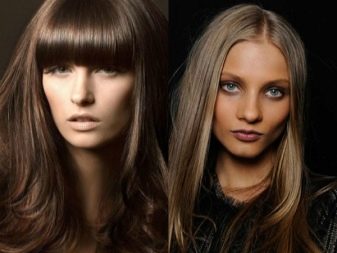

The main advantage of this color is its versatility. It suits both men and women, and of any age. There are no any restrictions regarding hairstyles, as well as the length and characteristics of the hair. A wide palette allows you to periodically change the subtones and experiment with the image, but not depart from a suitable color type. Finally, the shade itself looks very elegant and rich.
As for the shortcomings, some brunettes and brown-haired women will first have to discolor the strands first, since the pigment manifests itself much more effectively on initially light curls.
In the case where before the hair was subjected to highlighting or even conventional dyeing, the coloring in the color of the nut will have to be entrusted to a professional, since this shade is rather capricious. After the procedure, to maintain beautiful overflows and highlights, you will have to ensure proper care for the hair.
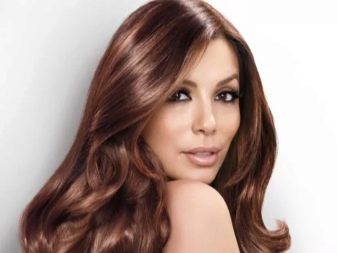
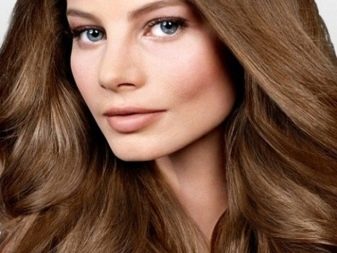
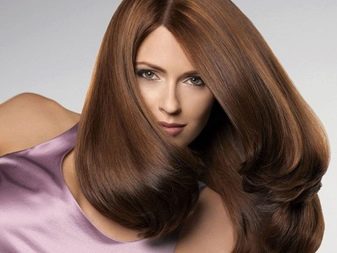

Varieties of tones
The walnut palette includes a large number of shades, the difference between which is 1 or 2 tones. How this or that color appears on the hair largely depends on what the “base” was - natural or pre-dyed, as well as which particular shade. To select a shade during the first staining, it is better to first try several options for short-term tinting, and then go to resistant ammonia paint.
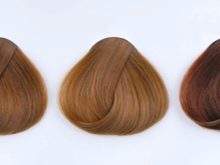

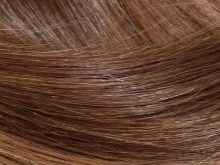
A rather dark shade of "hazelnut" is close to chestnut. It suits beauties with a golden skin tone, as well as owners of a bronze tan. The combination with brown or green eyes looks most beautiful in this case. The shade “light nut” is recommended for use by natural blondes, as well as women with light brown hair tones. It blends perfectly with gray or green eyes, freckled or tanned skin.
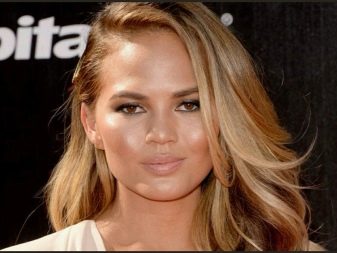

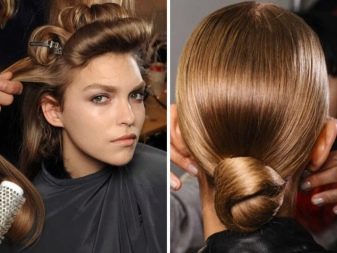

Cold “dark nut” looks very saturated. Its owners, as a rule, are “winter” beauties with pale or dark skin, as well as blue or dark brown eyes. The use of this shade allows you to give the softness too strict and sharp image.
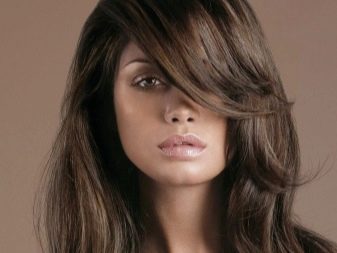
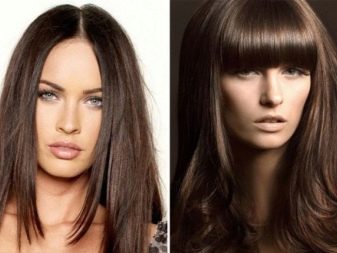
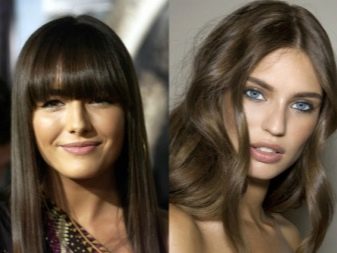
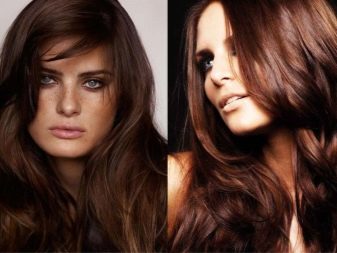
Warm "golden nut" is considered one of the most successful representatives of the palette, since it hides skin imperfections and age-related manifestations. A sunny shade is recommended for girls with a bright appearance and the same personal qualities. Best of all, the “golden nut” looks on the condition of green, brown eyes, as well as delicate peach or tanned skin.


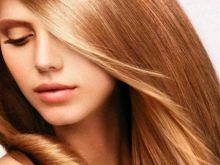
The shade "mocha" is recommended to owners of the color type "autumn". It perfectly emphasizes golden skin and brown-green eyes, and also gives the image brightness and radiance. A muscat shade is characterized by the presence of a red undertone.
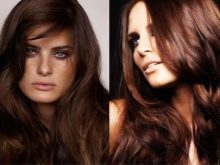

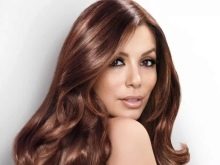
In a more saturated version, it goes into the shade of "mahogany." The reddish radiance looks good in the presence of light skin with a natural pink blush. It is best if the color of the eyes in this case is gray-blue or dark brown. A muscat shade, by the way, is considered the most suitable for elastic curls.
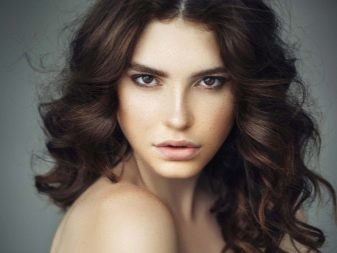

The “walnut” hair color is distinguished by the presence of a bronze and copper tint. It suits “spring” and “autumn” girls, blending perfectly with transparent skin and green eyes, the shade of which goes into olive.



The shade of "praline" is best manifested in natural blondes with bright eyes. The resulting beige-nut color resembles ripe wheat and creates a calm, romantic look. Other popular varieties of walnut palette include milky, honey-nut and even silver shades.
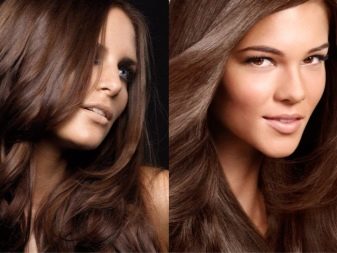
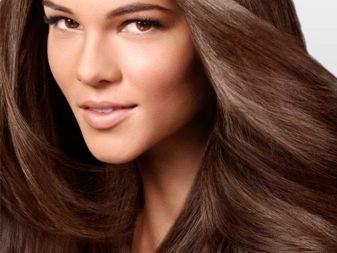
Who is it for?
Since the nut color has a large number of shades, it suits most women. “Spring” beauties, owners of light golden skin and brown or green eyes, “light nut” is most suitable. Its gentle and soft shade will not drown out the natural "pastel" beauty. Girls of the “summer” type, whose appearance is characterized by the presence of pinkish skin and blue, as well as green eyes, are “cold” walnut variations. When choosing a shade, it is important to ensure that there is no gold or copper subtona.
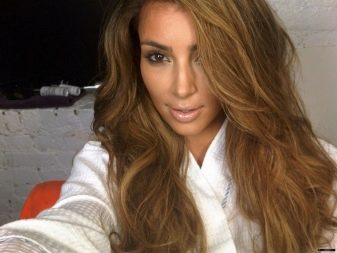
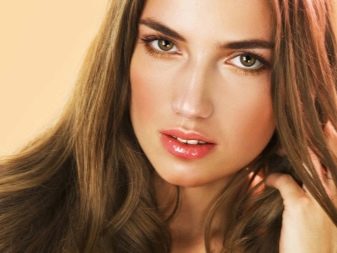
The appearance of the "autumn" girls can be different. Some of them are owners of pale pinkish skin and green eyes, while others are distinguished by beautiful olive skin and brown eyes. In this case, it is better to take shades with a bronze undertone or tints of copper color.For former brunettes of the “winter” type with translucent or, on the contrary, dark skin, as well as blue, blue or brown eyes, “nutmeg” or “dark nut” is most suitable.
The nut shade is suitable for any hair length and styling, from the shortest to long curls. The geometry of the square, cascade or milled ladder emphasizes this shade favorably.

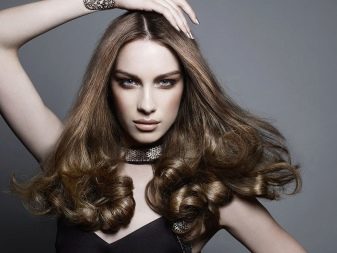
How to choose a coloring agent?
At home, to obtain a nutty shade, you can use persistent dyes, tinting agents, or natural ingredients. The color created by persistent dyes lasts for 2 to 3 months. Although there are variations without ammonia, trying not to affect the condition of the hairline, most of the funds used still harm him.
Such paints without preliminary preparation can be used by blondes and light-haired girls, but brunettes and brown-haired women will first have to discolor their hair.

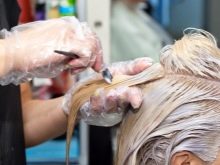
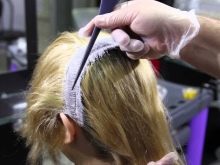
Brand Garnier offers shades of "hazelnut" and "deep nut". According to the manufacturer, the composition is enriched with avocado, olive and shea butter, which are responsible for the nutrition of the cuticle. Permanent pigment will remain for almost two months. Brand Gamma gives customers the opportunity to change their hair color to a shade of “nut praline”, which has a beautiful golden shine. The oils and vitamins contained in the composition are responsible for preserving color, even when exposed to high temperatures.
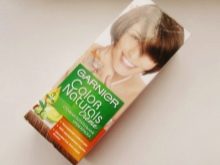
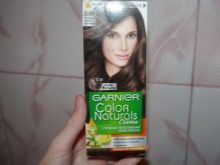
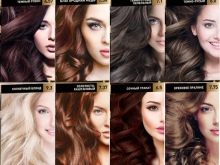
Resistant paint Kleral brands does not have ammonia in its composition, which ensures safe coloring of the hairline. The palette contains a fairly large number of nut variations, including "light brown nut", "dark brown nut" and "medium brown nut". The tool perfectly copes with gray strands and, in addition, restores damaged curls.
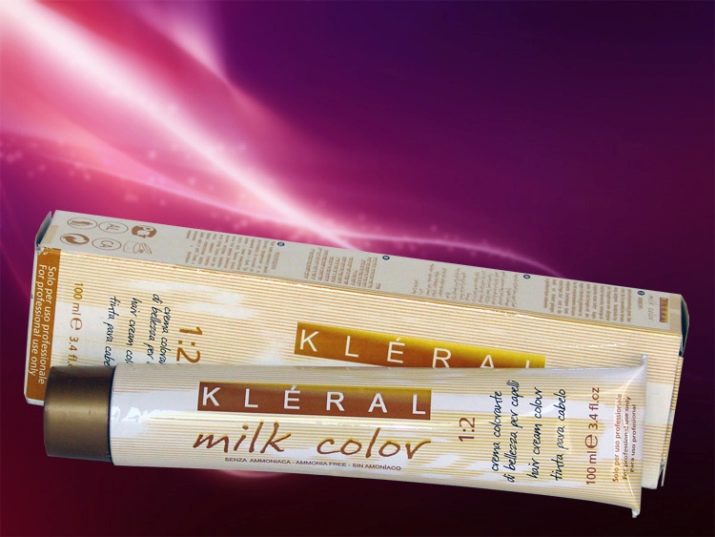
Tinted shampoos do not differ in durability, but are perfect for “trying on” a new shade or enrichment of the existing one. Brand Faberlic contains in its lineup shade of hazelnut color shampoo. It provides a fairly rich color of curls, but is washed off after the sixth or eighth shampoo. "Tonic" offers customers “mocha” or “golden nut”, which can be used on natural blonde or optionally bleached hair.

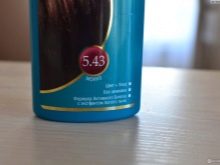
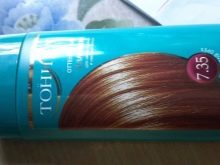
Folk recipes as the main coloring ingredients contain coffee, walnut peel, henna and basma. It’s important to mention right away that natural ingredients should not be used on previously colored locks, as the effect of the procedure may be unpredictable.
To use a walnut, it is necessary to rinse and grind the skin, using a meat grinder or blender. The substance is poured with boiling water and mixed until a porridge-like mixture is obtained.
After applying the mixture along the entire length of the hair, it is necessary to withstand from 20 minutes to an hour. If the resulting shade does not satisfy, then a week later, the procedure should be repeated.
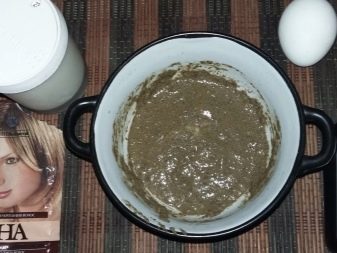
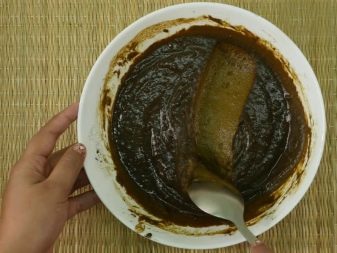

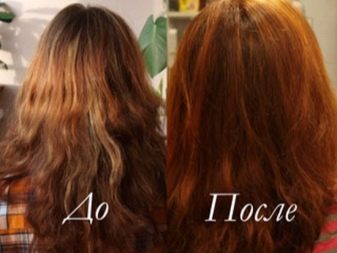
A dark walnut tone will turn out if you mix coffee with basma or henna. Basma is chosen for a cold undertone, and henna - for a warm one. Both components are used in equal proportions. Having mixed the dry components and the gulf of their boiling water, it is necessary to knead everything until a creamy substance is obtained. The dye is applied to slightly moistened hair and left for an hour.
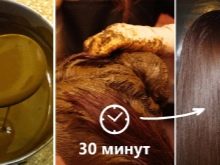


Staining recommendations
A simple nutty shade can be obtained at home, but successfully strands can be painted using partial staining techniques only in the salon. They look best on long or medium strands. Shatush means lightening individual strands going from the ends, but only half the length. Walnut shuttle is more suitable for brunettes or brown-haired women.

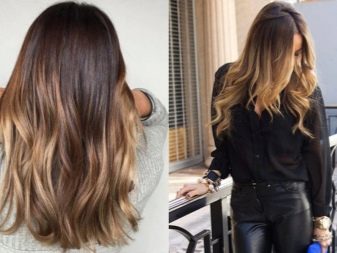

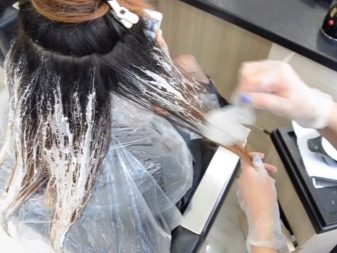
Balayazh also processes the tips, creating blurry transitions from light to dark shade.Using a nut color with any tint will be appropriate in the case of natural blond or blond hair. Ombre forms a change in color, starting from the middle of the curl, and the roots are either not painted at all or covered with dark pigment.
The cost of coloring the hair in a nut color starts from 1000 rubles in the case of a short haircut. The final cost depends on the length of the curls, and on the brand of products used, and on the prestige of the salon. In the presence of additional procedures or partial staining, the price tag starts from 4 thousand rubles.
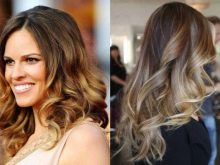

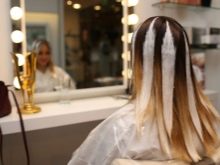
How to care for strands after the procedure?
Hair after dyeing always requires special care. To preserve a beautiful nutty shade and restore the health of the hair, you will need to use from 4 to 5 products of the line designed for colored hair. You can wash your hair only with slightly warm water, since hot makes the color more dull. Intensive rubbing of strands with a towel is prohibited - it is enough to limit yourself to a slight squeezing.
It is better not to use the hair dryer at all, but if you still have to, then choose the cold air mode ..
In the summer under the sun it is allowed to go out only in the presence of a headdress or a special means applied. As a regular procedure, it makes sense to introduce herbal rinses, and if possible replace the shampoo with soap nuts
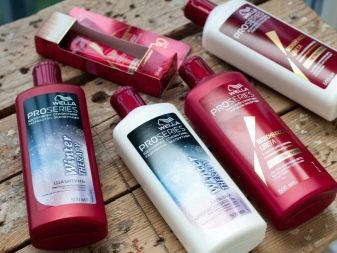
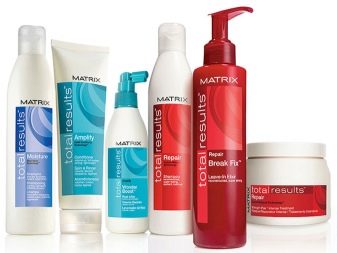
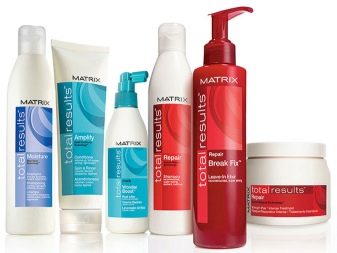
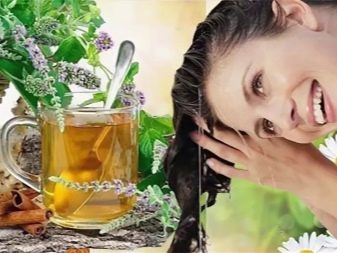
You can look at the beauty of hazel-colored hair further.
